Have you ever gone through your entire wardrobe preparing for the warmer seasons and stumbled upon a bunch of clothes moths? You probably have, and you must know what kind of damage the little devils can cause. They like to find shelter in coats, fur clothing, and even shoes, where they begin their feast.
Occupying wardrobes and closets, the pests can eat and damage fabrics to the extent of complete destruction. Therefore, knowing how to get rid of clothes moths comes in handy. And today, I’d like to shed some light on this issue.

Clothes Moths: Little Pests Causing Immense Trouble
Though there are over 100,000 species of moths, clothes moths are almost the most widely spread. They are common to encounter in closets throughout the world and rather difficult to get rid of.
First, let’s have a better look at the insects to learn more about their identification, habitat, and learn how to choose the right moth repellent for closets and regular maintenance.
What are clothes moths, and how to recognize them?
Clothes moths are minute insects that come to 0.5 of an inch and rarely grow any larger. Their body coloring is normally either pure beige or a blend of beige and white.
Unlike other moth species, these insects have their body completely colored and don’t have any patterns or marks on the wings. Besides, their wing edges are covered with little hairs that might give a slight gleam.
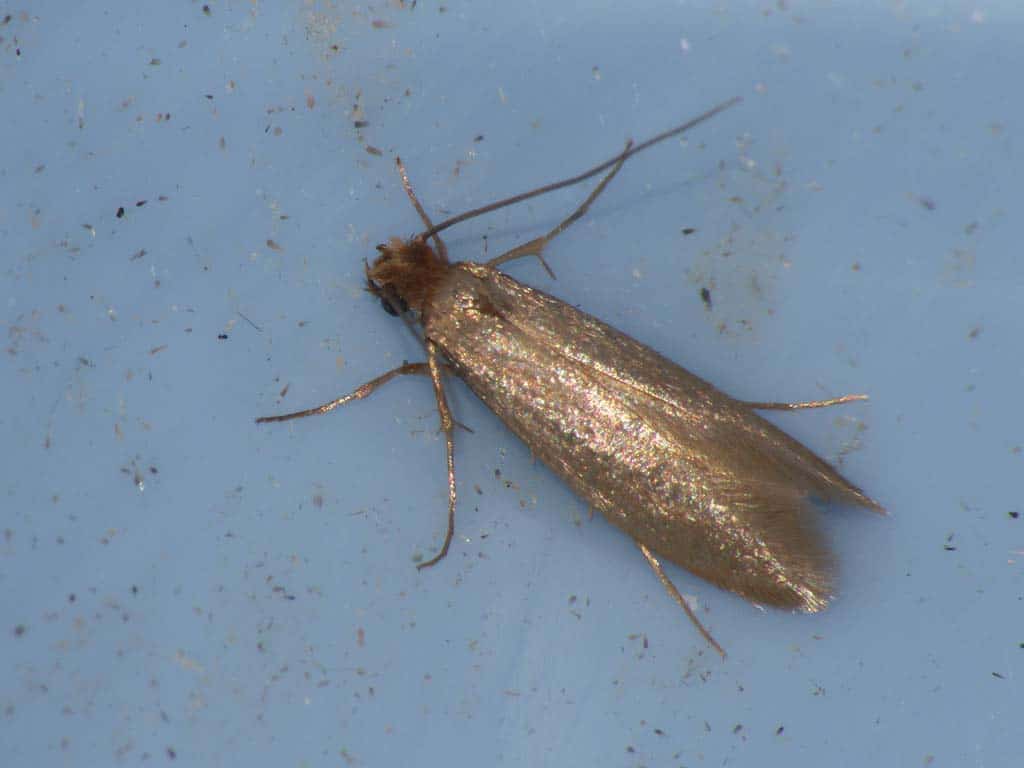
The species isn’t whimsy and rarely requires hydration because the moisture they need is easily obtained from human sweat and fabric dampness. Therefore, they prefer to reside in small, secluded, sunlight-deprived areas, like closets, garages, etc.
Clothes moths feed on a variety of fabric products, including wool, upholstery, and cotton. As a result, their habitat isn’t limited to closets but can easily be found in carpets, curtains, or plush children’s toys.
How do clothes moths appear in your closet?
Just like regular insects, clothes moths intrude through open windows, cracks, and by sticking to a person’s clothes when outside. They can travel large distances without being noticed and are drawn by the light at night. Also, they might look for shelter from bad weather and come across your house.
What draws moths a lot is a variety of fabrics and textiles. This way, the insects are especially kin on settling in places filled with old fabric pieces, like closets or even barns. Once there, they begin to breed and occupy a larger area, leading to a whole infestation.
How to get rid of clothes moths?
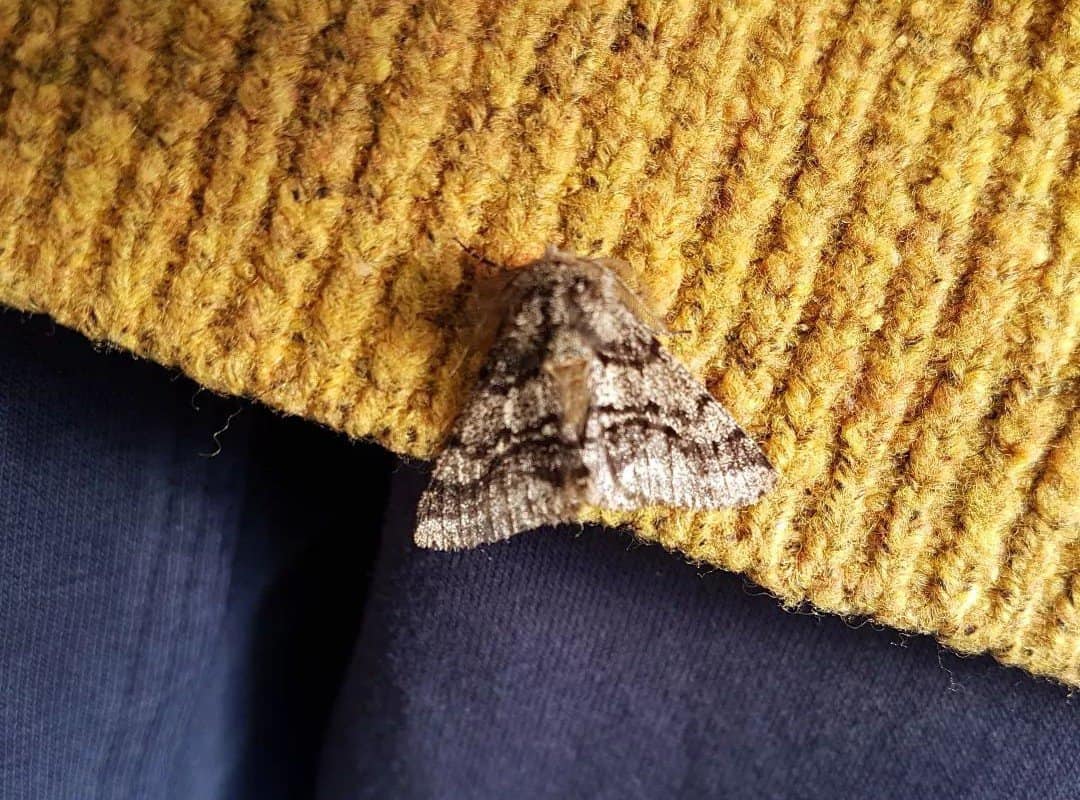
There are quite a few things that assist you in getting rid of moths in the closet, wardrobes, or textile products.
Step 1: Identification
Before getting face to face with the pests, you have to assure yourself of the exact species you’re dealing with. Since clothes moths and pantry moths are rather similar, you might be honing your weapons against a wrong foe.
To determine whether it’s indeed a textile pest but not a different kind of critter, you can:
- Look at the coloring. Normally, clothes moths are beige and rarely have any other shades on the body.
- Gauge the size. This species is rather small and generally doesn’t exceed 0.5 inches in length. If you see a larger insect that resembles a clothes moth, you might have encountered Gypsy Moth or Case-bearing Moth.
- Detect larvae. Adult moths aren’t anatomically predisposed to consuming fabrics, thus causing no damage to textiles, whereas caterpillars are, and they should be your point of interest.
Step 2: Inspection
Finding clothes moth is not difficult because they have a very specific habitat that changes rarely. Take a look in:
- Wardrobes and closets. Since these pests like dark and warm spaces, they are likely to hide in or about your clothes. Check the pockets, collar folds, and back lining. Pay special attention to fur and cotton clothes as they are at the highest risk.
- Shoes. Clothes moths can find little pieces of fabrics and leather inside boots, especially attractive. Shake your shoes to disturb the insects; this will force them to leave the hideout.
When inspecting for moths, look for webbing. The tiny, silky nets created by the insects aren’t completely webs that a spider would make.
If you see grainy, rough threats around your coat or in the shoes, there must be a clothes moth residing inside. Interestingly, the webs are made of the insect’s biowastes and food leftovers and designate the upcoming breeding.
Step 3: Protection
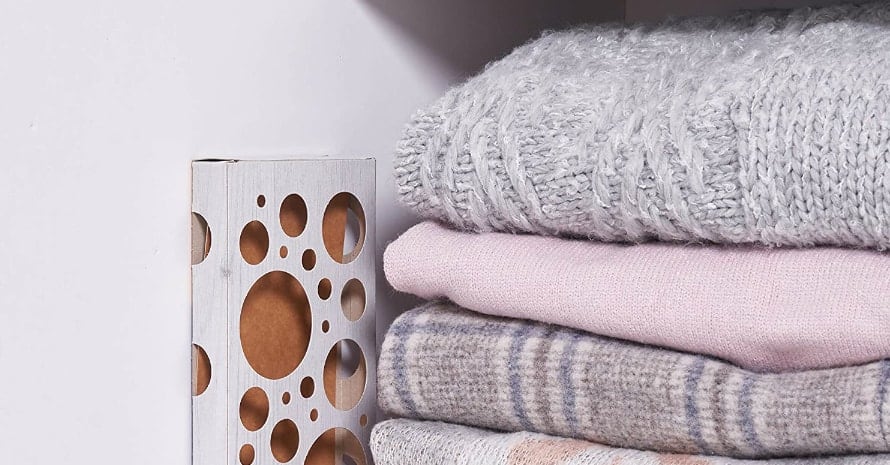
To eliminate or simply protect clothes from moths, you can utilize both natural and professional treatments. For instance:
- Use repellents to cover in-closet surfaces and shelves that have deterring properties. Most of them are organic, so they don’t damage fabrics.
- Place traps around infected spaces. Moth traps are a great, dry way to catch adults for preventing damage from clothes moths and carpet beetles.
- Spray insecticides when the situation is heated. These solutions are perfect to kill clothes moths and destroy their eggs (and larvae) before they can do any real damage.
- Apply natural remedies, like rosemary, lavender, vinegar, or peppermint, to clear a space from the pests. The insects hate the smell, and coming into contact with the substances can be lethal for them.
How to prevent clothes moths in your house in the future?
- Wash and dry your fur, wool, and other fabric clothes prior to storing them for a long time. This way, you get rid of larvae and adults that can start an infestation in winter.
- Keep fabric products in airtight bags or containers. Thanks to this, no clothes moth will be able to penetrate the storage and settle down there.
- Stuff your pockets and shoes with mothballs. Bags with herbs, like lavender and peppermint, are a superb means of prevention because they are safe and fabric-friendly.
- Maintain the spaces regularly to prevent future infestations and kill the moths that are already there. Apply moth repellents every 2-3 weeks to your wardrobe.
- Kill the pests whenever you see them. Don’t spare a single moth eating clothes because it won’t do the same for your clothing.
Top 5 Best Clothes Moths Treatments to Act Professionally
If you’re looking for treatments that can be relied on, I might be of assistance here. I’ve used a great variety of products before and surely know a thing or two about them. Here, I’ve prepared a shortlist of modern solutions that know how to kill moths in the closet right away. Take a look!
1. West Bay Retail Traps for Clothes Moths — Best Moth Traps for Prevention and Treatment
[amazon box=”B00MEBNNZ2″ template=”vertical” tracking_id=”how-to-get-rid-of-clothes-moths-20″ button_text=”Check price on Amazon”]
Specifications:
- 100% Safe and Non-toxic
- Number of Pieces: 3-Pack
- Item Weight: 2.4 ounces
- Package Dimensions: 10.67 x 6.61 x 0.43 inches
- Target Species: Moth

These traps are extremely convenient when it comes to moth prevention for clothes and shoes. Compact and neat, they don’t require any special installation technique but can be applied within minutes. Used both for prevention and treatment, they come in handy throughout the year.
The inner surface is covered in sticky glue, which is very alluring to the pests and makes them rush to the trap in search of food. When coming in contact, the glue sticks moths to the surface right away, depriving them of motion and eventually causing them to die. Composed of organic components, the glue is non-toxic and doesn’t leave stains on fabrics.
| Pros: | Cons: |
|
|
2. Wondercide Natural Products Indoor Pest Control — Moth Repellent Spray for Regular Maintenance
[amazon box=”B0764WYCW5″ template=”vertical” tracking_id=”how-to-get-rid-of-clothes-moths-20″ button_text=”Check price on Amazon”]
Specifications:
- 100% Safe and Non-toxic
- Scent: Cedar
- Coverage: 32 oz. Bottle Treats Up To 400 sq.ft.
- Item Weight: 2.5 Pounds
- Package Dimensions: 10.6 x 4.3 x 3.8 inches
Versatile and multi-purpose, this spray is a great solution for dealing with a bunch of insects, including clothes moths. Each bottle provides a sufficient amount of the treatment to cover the whole medium-sized house area. It ensures on-spot moth elimination, as well as secure your closets and drawers from further infestations.
The spray’s formula consists of all-natural components, where cedar oil is the core one. With a pleasant smell to humans and a completely repulsive scent for moths, the treatments almost instantly come into effect. When sprayed on in-closet surfaces or simply around the house, the solution leaves a little residue layer that lasts long enough to drive moths away for good.
| Pros: | Cons: |
|
|
3. Cedar Space Cedar Blocks for Closet Storage — Natural Moth Repellent for Clothes
[amazon box=”B07C6Q1HHL” template=”vertical” tracking_id=”how-to-get-rid-of-clothes-moths-20″ button_text=”Check price on Amazon”]
Specifications:
- Material: 100% North American Cedar
- Number of Pieces: 11
- Item Weight: 1.03 pounds
- Package Dimensions: 6 x 2.5 x 0.5 inches
- Target Species: Moth
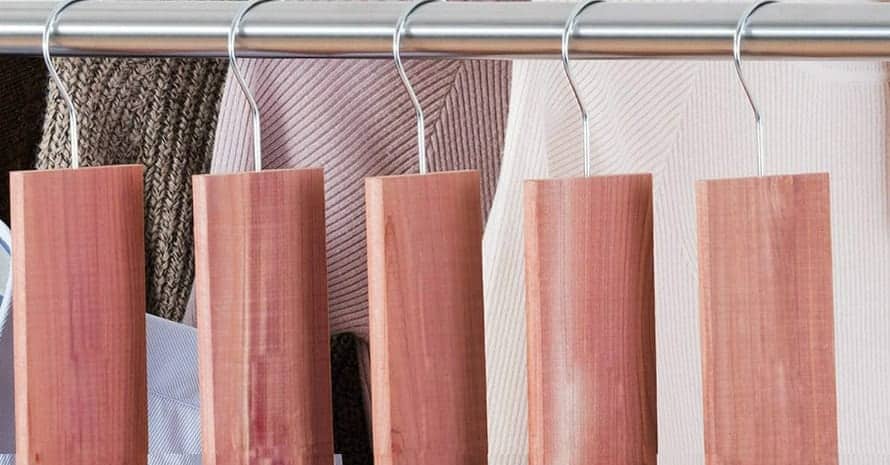
If you mainly find the pests around your clothing, then you might need to use local protection. These wooden tablets are designed to be placed between different articles for prevention and repelling. Each of the tablets is a strong means of preventing moth infestations and securing your belongings.
When buying a pack, you can opt between 12 and 16 tablets, depending on your closet size or the number of family members. Normally, 2-3 tablets are enough to provide protection for a medium-sized enclosed space.
Because the product gives off a strong cedar scent, it covers a large enough area and repels the critters shortly after placement. Also, the tablets can be placed in drawers, shoe chests, or on bookshelves.
| Pros: | Cons: |
|
|
4. DeltaDust Multi-Use Pest Control Insecticide — Effective Insecticide for Severe Infestation
[amazon box=”B002Y6B4A8″ template=”vertical” tracking_id=”how-to-get-rid-of-clothes-moths-20″ button_text=”Check price on Amazon” button_detail=”https://shareasale.com/r.cfm?b=410159&u=2583381&m=43235&urllink=www%2Edomyown%2Ecom%2Fdelta%2Ddust%2Dinsecticide%2Dp%2D44%2Ehtml&afftrack=how%20to%20get%20rid%20of%20clothes%20moths” button_detail_text=”Check price on DoMyOwn”]
Specifications:
- Active Ingredient: Deltamethrin 0.05%
- Yield: 1 lb. of Delta Dust covers about 2,000 sq.ft.
- Item Weight: 1 pounds
- Product Dimensions LxWxH: 3.8 x 1.9 x 9.63 inches
- Target Species: Ants, Bed Bugs, Boxelder Bugs, Cockroaches, Crickets, Fleas, Firebrats, Silverfish, Termites, Carpenter Ants, Carpenter Bees, Centipedes, Ground Bettles, Millipedes, Scorpions, Spiders, Sowbugs, Wasps, Bees, Webbing, Clothes Moths, Carpet Beetles, Pantry Pest, Plant Pest, Slugs, and Ticks
For tough cases of moth and other insect infestations, you need a stronger solution to deal with it, root and branch. Using this clothes moth killer provides efficient results within days and doesn’t need constant reapplication.
Contrastingly, it doesn’t soak into the ground or leave stains on wood, fabrics, and metal. Composed of deltamethrin, the product is completely dust-based without and doesn’t require any water.
When applied, it absorbs moisture, thus sticking to surfaces until it dries out. The dust causes moths to lose their water balance and desiccate, not harming the environment or in-house furniture. Since it’s completely dust-based, it’s perfect for treating cracks and crevices that otherwise would be inaccessible.
| Pros: | Cons: |
|
|
5. Spacesaver Premium Vacuum Storage Bags — Handy Covers to Protect Clothes from Moths
[amazon box=”B00X8KSKF6″ template=”vertical” tracking_id=”how-to-get-rid-of-clothes-moths-20″ button_text=”Check price on Amazon”]
Specifications:
- Material: Plastic
- Closure Type: Zipper
- Number of Pieces: 6
- Item Weight: 1.5 pounds
- Package Dimensions: 10 x 8 x 2.7 inches

Instead of treating clothes moths when it’s already too late, you ensure your belongings in advance, using these vacuum bags. The covers are meant for vacuum-packing clothes, pluff toys, and linen to store them in the winter or while traveling. When used, the bags completely prevent moths from entering the space, thus protecting your things from damage.
This is one of the best alternative clothes moth treatments that doesn’t include any chemicals, thus being rather eco-friendly. The airtight bags wrap your belongings, which deprives insects of oxygen, causing them to die. Also, your clothes size reduces by 4 times, making your closet even more spacious to store other items.
| Pros: | Cons: |
|
|
FAQs
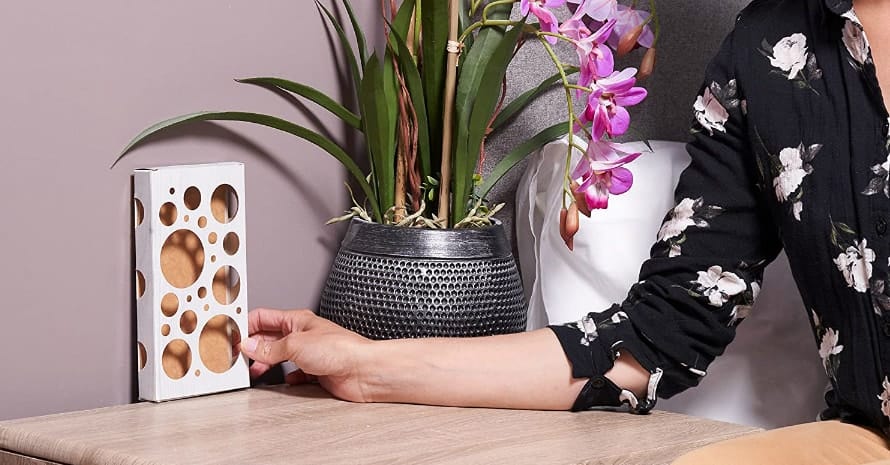
Here is some more information to know how to prevent moths in closets and the house.
Does washing clothes kill moths?
Yes, it does. Moths are very sensitive to water and moisture. If they foresee the rain, they hide immediately since they are too fragile and die from wetness. Moths even absorb moisture from the air so that they can avoid any contact with water.

What causes moths in the house?
Normally, low house maintenance and irregular cleaning can lead to a moth infestation. If you tidy up the house on a weekly basis, dry-clean the clothes, and refresh the air with natural essences, it can prevent moths’ appearance.
What attracts moths in the house?
It’s the little things, like the shade, coolness, and dryness. If one of them finds a sufficient fabric source, it can easily settle down there. Also, they will follow the light in the middle of the night to orient better in the surroundings.
Deal With Clothes Moths Before They Deal With Your Belongings
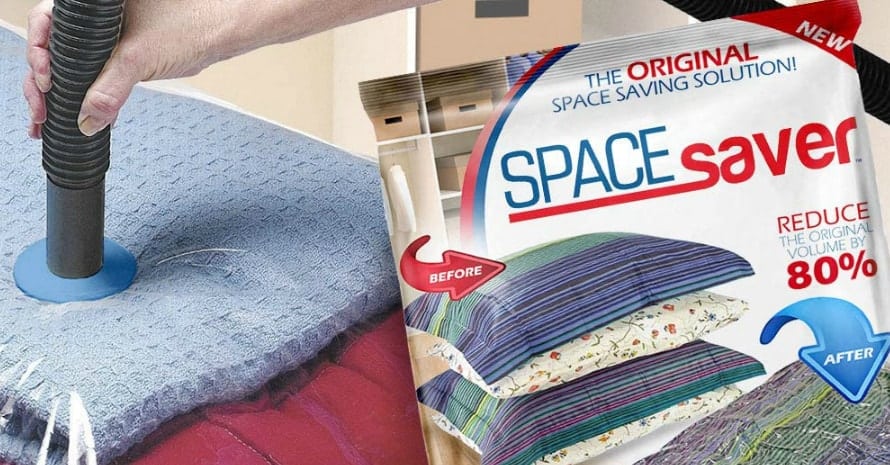
Having a variety of treatments at your disposal, you shouldn’t wonder how to prevent moths in closets or wardrobes anymore. Pick out a solution or remedy that suits your situation to ensure your house safety and it being free from the pests. Use traps to prevent an infestation; apply sprays and insecticides to kill larvae and caterpillars; and spread oils around for regular maintenance.
Whatever you’ve chosen, make sure to let me know how it went. What treatment is your priority? Have you ever used dusts before? Comment below!
References:
- Clothes Moths (College of Agriculture, Food and Environment):
https://entomology.ca.uky.edu/ef609 - Preventing Damage from Clothes Moths and Carpet Beetles(New Mexico State University):
https://aces.nmsu.edu/pubs/_c/C504/ - Facts About Mothbolls: What You Should Know(Florida Department of Agriculture and Consumer Services):
https://www.fdacs.gov/content/download/33195/file/Mothballs-Brochure.pdf

